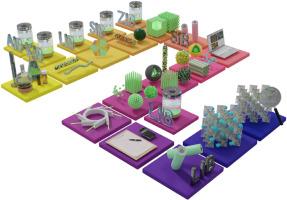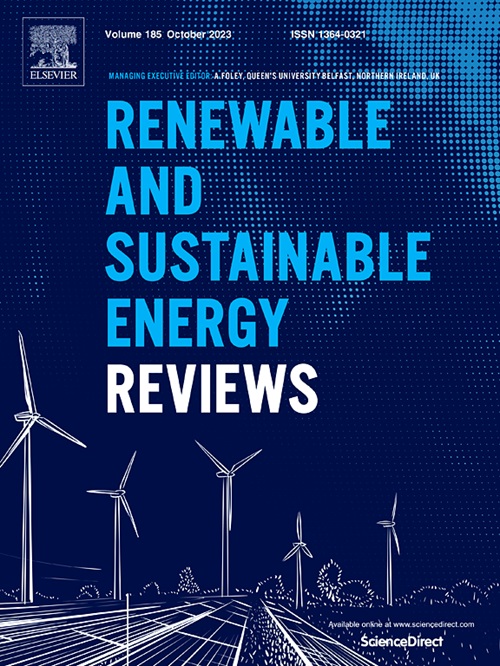金红石钛白粉进入后锂离子电池时代的奥德赛之旅
IF 16.3
1区 工程技术
Q1 ENERGY & FUELS
引用次数: 0
摘要
金红石型二氧化钛(TiO2)因其极佳的循环稳定性、高安全性和天然丰富性,被认为是大规模储能系统(ESS)和电子汽车(EV)中各种可充电离子电池最有前途的电极候选材料之一。然而,其较差的电子和离子导电性是其走向实际应用的最大障碍。在过去的几十年中,人们提出了四种主流优化策略来缓解这一问题,包括构建纳米结构、与高导电性材料复合、创建双相界面和引入缺陷。基于这些策略,大量基于金红石 TiO2 的电极材料被开发出来,并在各种可充电离子电池中获得了良好的电化学性能。在这篇综述中,我们回顾了基于 TiO2 的电极材料从最初的理论研究到今天材料多样性的繁荣发展之路。我们以独特的时间顺序为视角,总结了不同优化策略下金红石型 TiO2 电极材料的总体和详细演变趋势。希望这篇综述不仅能为金红石 TiO2 电极材料的发展历史提供一个完整的概览,还能为这一前景广阔的电极材料走向实际应用的未来趋势提供一个亮点。本文章由计算机程序翻译,如有差异,请以英文原文为准。

Rutile TiO2's odyssey into the post-lithium ion battery horizon
Rutile titanium dioxide (TiO2) is regarded as one of the most promising electrode candidates for various rechargeable ion batteries applied in large-scale energy storage systems (ESSs) and electronic vehicles (EVs) due to its great cycling stability, high safety, and natural abundance. However, its poor electronic and ionic conductivities are the biggest obstacles on the way towards practical applications. In the past decades, four mainstream optimizing strategies were proposed to alleviate this issue, including constructing nanostructures, compositing with highly conductive materials, creating dual-phase interfaces, and introducing defects. Based on these strategies, a large number of rutile TiO2-based electrode materials were developed and gained good electrochemical performance for various rechargeable ion batteries. In this review, we retrospect the development pathway of TiO2-based electrode materials from the theoretical studies at the very beginning to today’s prosperity in material diversity. With a unique chronological perspective, the general and detailed evolution trends of rutile TiO2 electrode materials with different optimizing strategies are summarized. It is expected that this review can provide not only a complete overview of the development history of rutile TiO2 electrode materials but also a spotlight for the future trends of this promising electrode material towards practical applications.
求助全文
通过发布文献求助,成功后即可免费获取论文全文。
去求助
来源期刊

Renewable and Sustainable Energy Reviews
工程技术-能源与燃料
CiteScore
31.20
自引率
5.70%
发文量
1055
审稿时长
62 days
期刊介绍:
The mission of Renewable and Sustainable Energy Reviews is to disseminate the most compelling and pertinent critical insights in renewable and sustainable energy, fostering collaboration among the research community, private sector, and policy and decision makers. The journal aims to exchange challenges, solutions, innovative concepts, and technologies, contributing to sustainable development, the transition to a low-carbon future, and the attainment of emissions targets outlined by the United Nations Framework Convention on Climate Change.
Renewable and Sustainable Energy Reviews publishes a diverse range of content, including review papers, original research, case studies, and analyses of new technologies, all featuring a substantial review component such as critique, comparison, or analysis. Introducing a distinctive paper type, Expert Insights, the journal presents commissioned mini-reviews authored by field leaders, addressing topics of significant interest. Case studies undergo consideration only if they showcase the work's applicability to other regions or contribute valuable insights to the broader field of renewable and sustainable energy. Notably, a bibliographic or literature review lacking critical analysis is deemed unsuitable for publication.
 求助内容:
求助内容: 应助结果提醒方式:
应助结果提醒方式:


